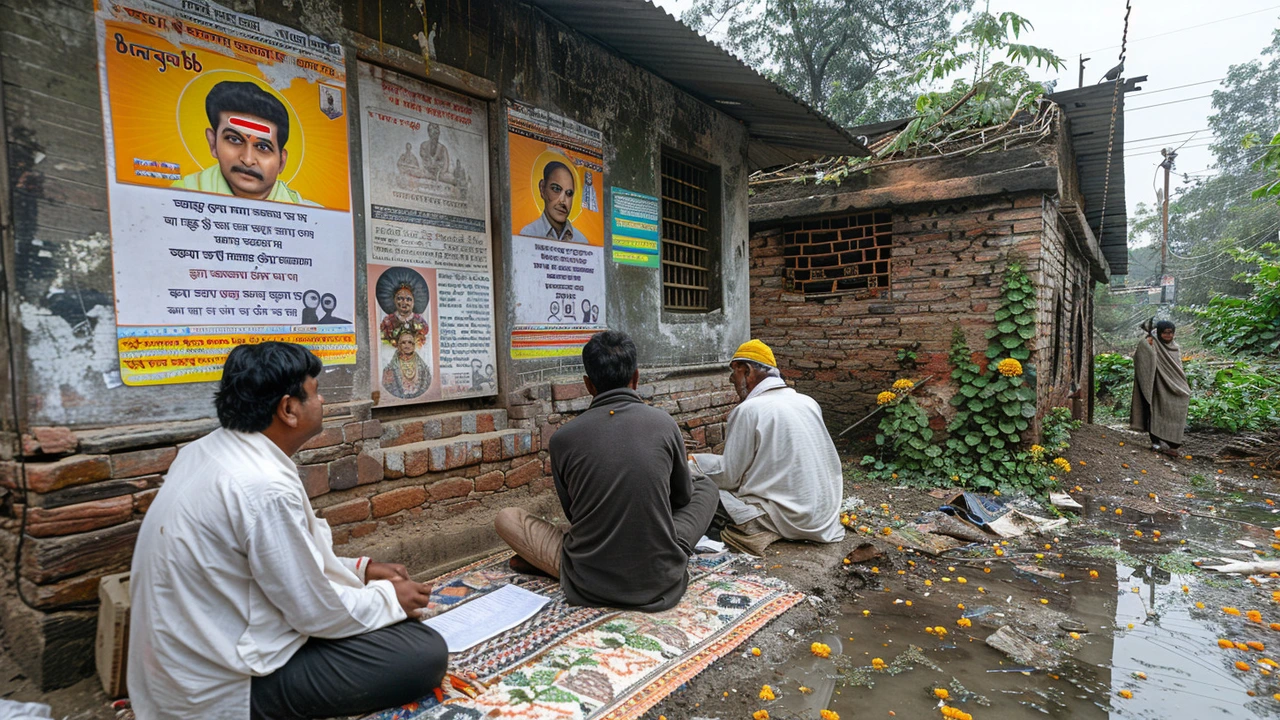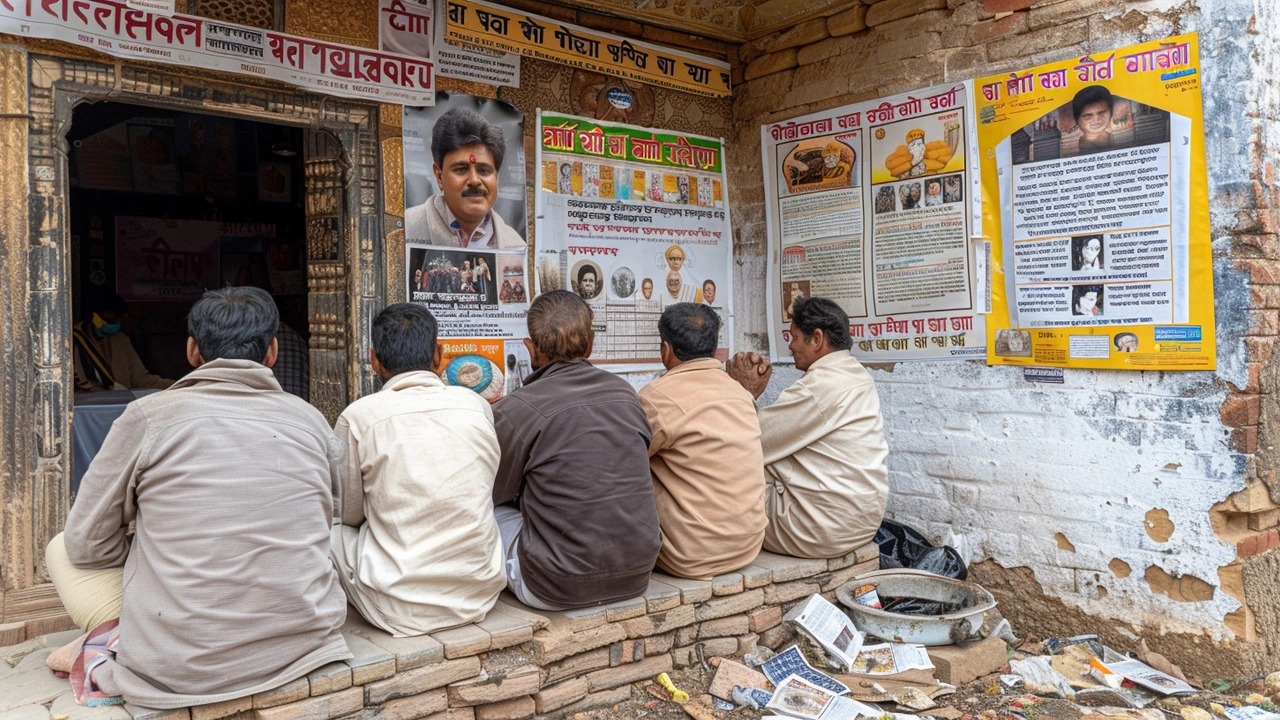
The Rise and Influence of Bhole Baba
Bhole Baba, born as Suraj Pal Singh, emerged as a prominent spiritual leader in India. Before embracing his spiritual journey, he served as a head constable, but it is his transition into a life of divinity that has established his significant following. Over the last 25 years, Bhole Baba has built a reputation for possessing divine powers, promising to alleviate human suffering and provide spiritual guidance to those in need.
His followers refer to him affectionately as 'Bhole Baba' and revere him as a beacon of hope and divine intervention. The devotion of his followers is immense, with many claiming to have experienced healing or personal transformation under his guidance. Bhole Baba’s teachings, deeply rooted in Hindu traditions, focus on the importance of spiritual well-being and devotion. It is this devotion that has attracted millions to his congregations over the years.
The Fateful Day in Hathras
On July 2, 2024, Bhole Baba was scheduled to lead a grand religious congregation in the Hathras district of Uttar Pradesh. The event was anticipated to draw a large crowd, but the actual attendance far exceeded expectations. Over 250,000 devotees flocked to the venue, a figure significantly higher than the permitted capacity of 80,000. The sheer number of attendees created an environment ripe for disaster.
As Bhole Baba concluded his sermon and began to leave the stage, a surge of followers attempted to rush forward to touch him, seeking blessings. This impulsive rush triggered a stampede, resulting in utter chaos. Panic spread quickly through the crowd, leading to a situation where the sheer force and movement of the people became uncontrollable. Tragically, this chaotic scene led to the deaths of at least 121 people, many of whom were women and children. The injured, numbering in the hundreds, were quickly tended to by emergency services, but the havoc had already taken a devastating toll.
The Aftermath and Reactions
The incident has cast a dark shadow over the spiritual community and raised serious concerns about crowd management and safety measures at religious gatherings. In the immediate aftermath, local authorities and police began investigating the circumstances leading up to the stampede. Despite Bhole Baba being the central figure of the event, he has not been named a suspect. Instead, the focus has shifted toward his aides and the event organizers, who have been charged with negligence and inadequate safety preparations.
The tragedy has sparked a nationwide debate about the frequent occurrence of stampedes at large-scale religious events in India. Overcrowding and poor safety protocols have often been cited as the main causes of these incidents. This event, however, has highlighted the severe consequences of such failures, making it a pressing issue for government officials and organizers alike.
A Pattern of Tragedies
India has a long history of tragic stampedes at religious events. The country’s spiritual landscape, characterized by massive gatherings of devotees, has repeatedly faced challenges in ensuring attendee safety. Previous incidents in other regions have resulted in countless deaths and injuries, underscoring a persistent problem that has yet to be adequately addressed.
The Hathras stampede is a grim reminder of this recurring danger. Experts suggest that there needs to be a comprehensive overhaul of safety regulations for large gatherings. This would involve stricter adherence to capacity limits, better crowd management strategies, and the implementation of emergency response protocols. The need for such measures has become all the more evident in light of this unfortunate disaster.
The Role of Spiritual Leaders
Bhole Baba, like many other spiritual leaders in India, holds a place of immense influence and responsibility. His teachings and the loyalty of his followers demonstrate the powerful role that spiritual leaders play in the social fabric of the country. However, this influence also brings a level of accountability, particularly when the safety and well-being of thousands are at stake.
It remains to be seen how Bhole Baba will respond to the tragedy and the scrutiny that follows. The immense grief and suffering caused by the stampede have left an indelible mark on his followers and the community at large. Moving forward, it will be crucial for spiritual leaders to engage proactively in ensuring the safety of their congregations, making it a priority for all future events.
A Call for Change
The Hathras stampede has ignited a call for change, prompting both religious and governmental bodies to reevaluate their approaches to crowd management. It is not merely about preventing future tragedies but also about fostering a sense of responsibility and proactive safety measures. The safety of devotees must be paramount, and achieving this requires collaboration between organizers, authorities, and the spiritual leaders themselves.
The memory of the 121 lives lost in Hathras serves as a poignant reminder of the critical need for change. As communities mourn and seek answers, there is hope that this tragedy will galvanize efforts to improve safety at large gatherings. From better infrastructure to educated volunteers and stringent regulations, a collective effort is essential in preventing a recurrence of such heartbreaking events.

Conclusion
The story of Bhole Baba and the tragic stampede in Hathras is a somber chapter in the ongoing narrative of religious gatherings in India. It exposes the vulnerabilities and challenges inherent in managing large crowds and highlights the urgent need for reformed safety protocols. While Bhole Baba's spiritual influence remains unshaken, the tragedy has left an indelible mark on his legacy. As India looks to the future, the lessons from Hathras must drive a concerted effort to safeguard the lives of devotees, ensuring that spirituality and safety go hand in hand.